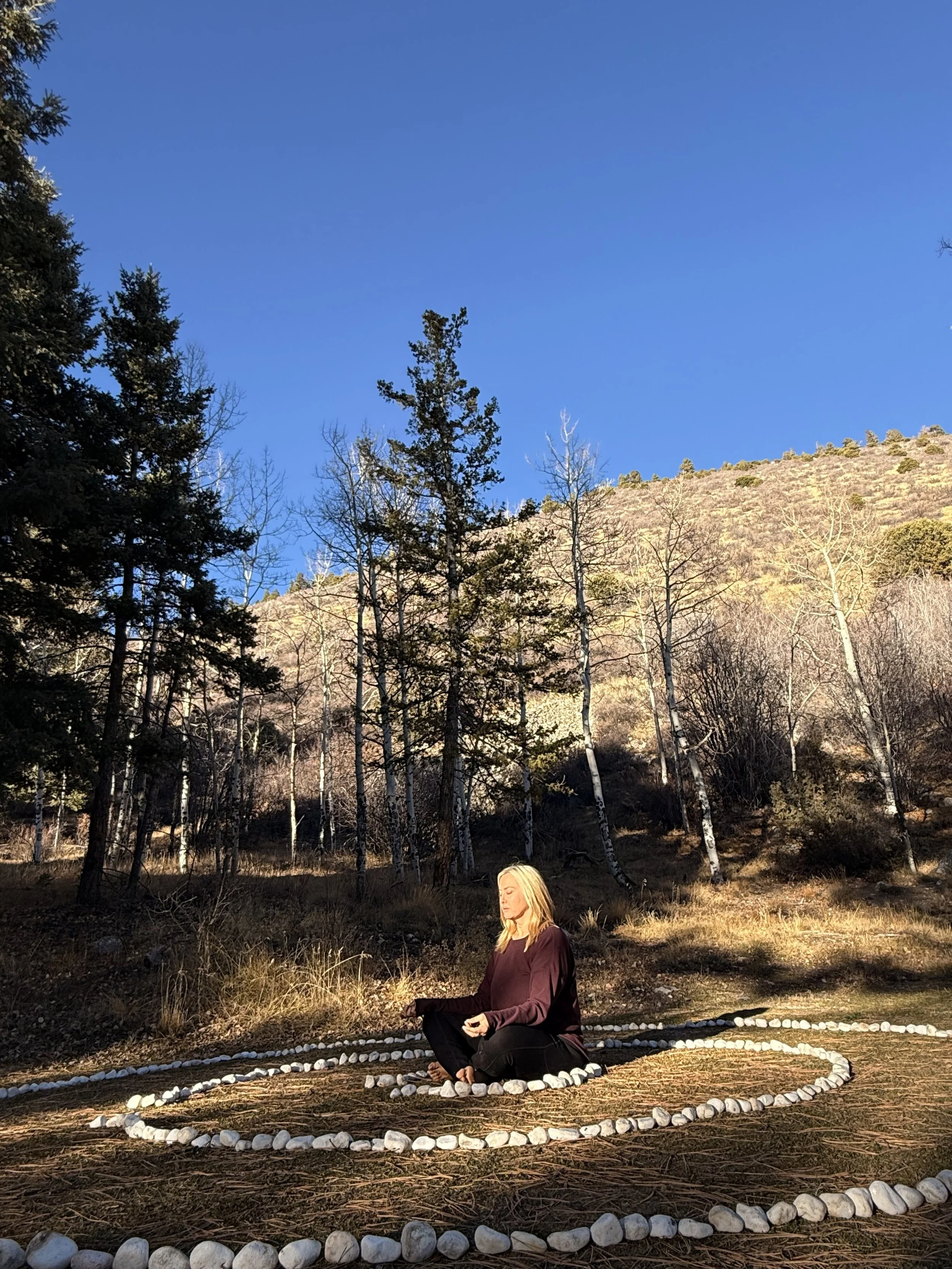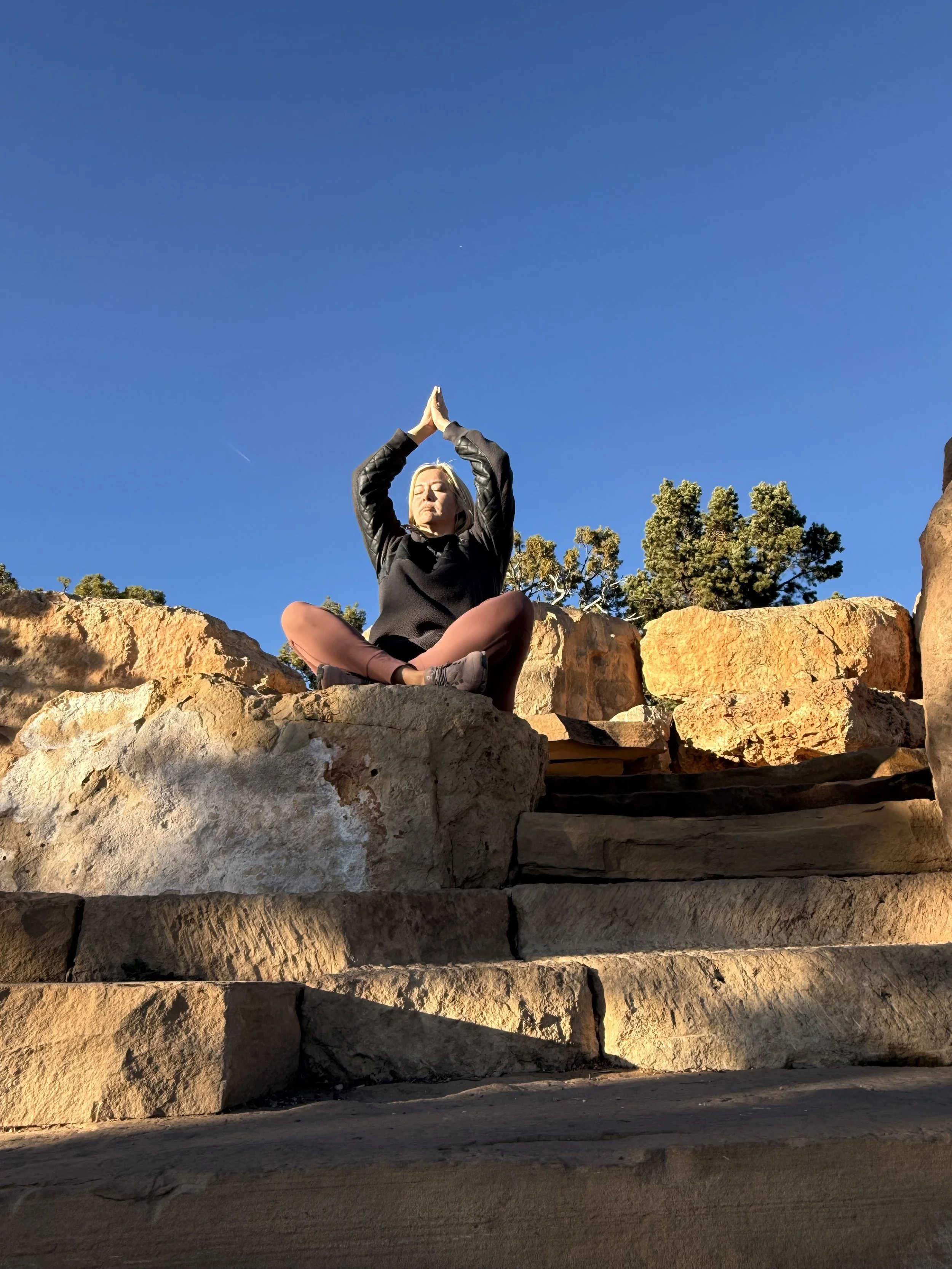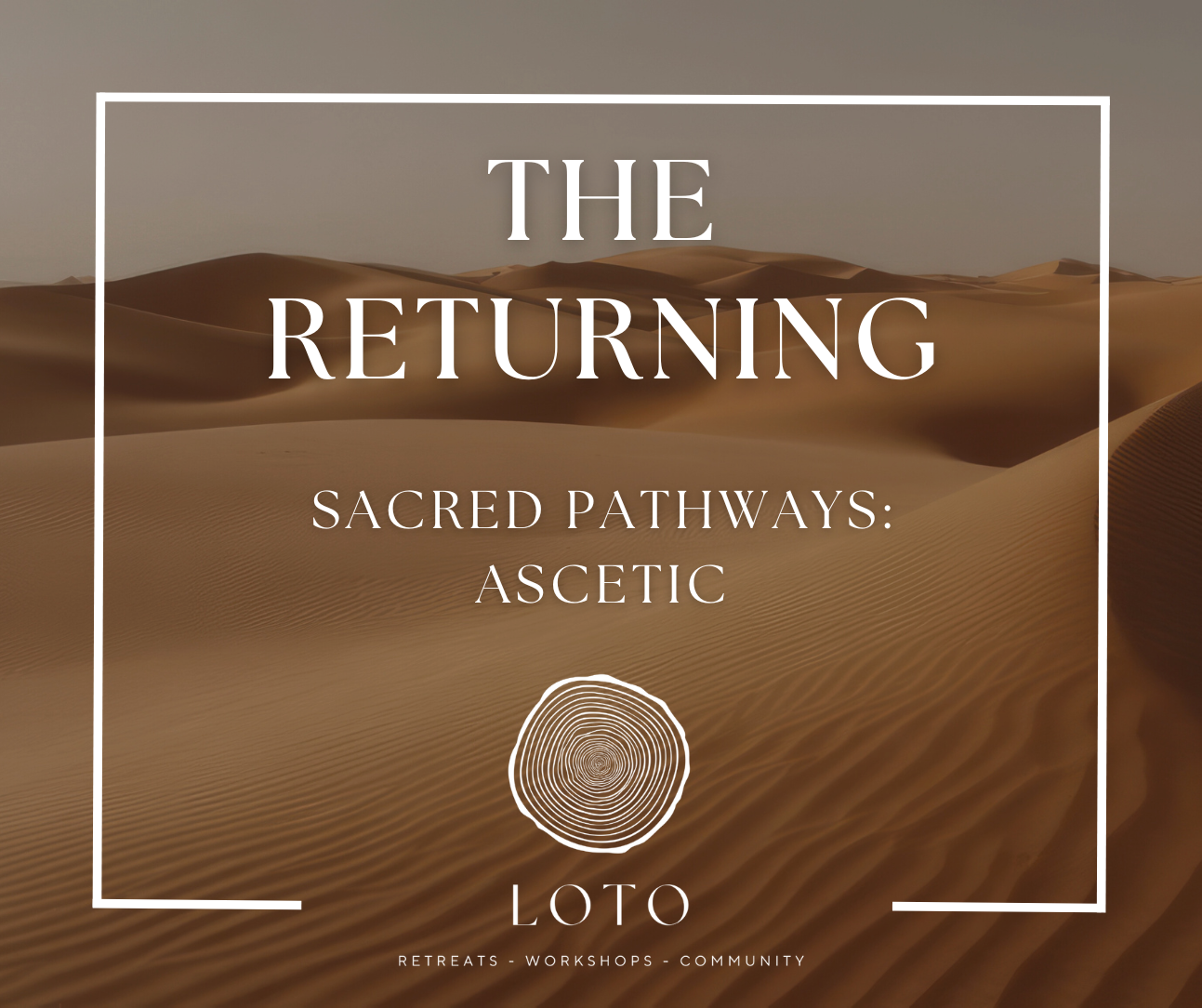The Slow Path Back to God: Why Contemplation Still Matters
What is left of Christianity when we look for an experiential awareness of God, rather than an intellectual speculation about God? Enter the mystics.”— Larry Jordan
If modern American Christianity often feels like a self-improvement program disguised as spirituality, contemplative practice is the great rebellion. As author Peter Scazzero puts it, contemplative spirituality is about:
“slowing down to be with God… awakening and surrendering to God’s love in any and every situation… positioning ourselves to hear God… communing with God… practicing silence, solitude, and a life of unceasing prayer… resting attentively in the presence of God… living in committed community that passionately loves Jesus above all else.” —Emotionally Healthy Spirituality
Honestly? That’s a whole manifesto right there. A counterculture. A full-out refusal to let culture dictate our pace, our priorities, or our attention. This is the hard work of relearning Presence — not as a productivity hack, but as a spiritual posture.
A Lineage of Holy Rebels
Contemplation isn’t new. It’s ancient — older than most of the theologies we argue about online. When early Christians watched their movement drift into power, politics, and institutional control, many said “yeah… nope.” Instead, as Marshall Davis explains in his book, Biblical Nondualism:
“Those who wanted to retain the contemplative focus of the original movement moved to the wilderness in the third century… They were known as the Desert Fathers and Mothers.”
They weren’t running from the world; they were running toward truth. They believed the path to God was not through more doctrine, more rules, or more certainty — but less. Less noise. Less ego. Less striving. Less clinging to the false self.
And honestly, they were on to something.
Into the Inner Sanctuary
Centuries later, Thomas Keating — one of the founders of Centering Prayer — basically said Jesus gave us the blueprint for enlightenment in one line: go into your inner room and shut the door.
Keating unpacks it like this:
“In Jesus’ formula for waking up to who we are… he suggests entering this inner room. Then he says ‘shut the door,’ meaning stop the interior dialogue… get free from our over-identifications with our thoughts… awaken to the divine image within us… [which has been] gathering dust, waiting to be used.”
Gathering dust. That one hits.
Because most of us are so wrapped up in thoughts, anxieties, regrets, and future scenarios that the truest part of us — the God-breathed core — barely gets five minutes of oxygen.
Contemplation is the practice of flinging wide the windows.
When Prayer Becomes Listening
Swami Vivekananda once said: “Pray for knowledge and light; every other prayer is selfish.” Say what you want about a Hindu sage showing up in a Christian conversation, but he wasn’t wrong. Most prayer is begging God to fix something rather than allowing God to reveal something. And as author Larry Jordan points out, our prayers often sound like: “talking, not listening… saying ‘please’ not ‘thank you.’”—The Way
Contemplative prayer flips that whole dynamic. It’s less “Lord, do something” and more “Lord, show me what is already true.” It’s less striving, more surrender. Less performance, more Presence. Less noise, more spaciousness.
Enter the Mystics
If you strip Christianity down to its experiential core — not its dogma, not its doctrinal debates, but the actual felt awareness of God — you end up in mystic territory. As Larry Jordan puts it: “What is left of Christianity when we look for an experiential awareness of God, rather than an intellectual speculation about God? Enter the mystics.”
Mystics aren’t weird fringe characters. They’re the ones who actually take Jesus seriously when he says, “Abide in me.” They believe union with God is possible — not metaphorically, but actually. They lean into the great paradox: God is at once infinite and intimate, transcendent and immanent, mystery and Presence.
And as the mystics across traditions have all noticed: “Most perceive unity, where God permeates everyone and everything.” Meister Eckhart said it best: “Theologians may quarrel, but the mystics of the world speak the same language.” Translation: once you taste God directly, you stop needing to argue about Him.
So… How Do We Actually Do This?
Here’s where most people get stuck. They think contemplation requires:
a monastery
a retreat
a perfect morning routine
a spiritual personality type
That’s nonsense. Contemplation is simply Presence. It’s fiercely intentional stillness. It’s the decision to shut the door — internally — and listen beneath the noise.
It’s these rhythms, practiced daily:
Sit. Even two minutes counts.
Breathe. Slowly, honestly.
Release the storyline. Let the thoughts drift like leaves on a river.
Notice the presence that remains. That is prayer.
Return to love. Again and again.
This is how the Desert Mothers did it. How Keating did it. How generations of mystics and ordinary seekers have done it. Contemplation is not about escaping life. It’s about discovering the Divine pulse inside it.
Because the Real Transformation Is Internal
Every contemplative teacher says the same thing in their own way: The work is not to find God. It’s to clear the clutter that keeps you from noticing God was here all along.
Contemplative prayer is the slow unlearning of fear. The softening of the false self. The awakening of the soul. The return to the inner sanctuary where God’s Presence hums beneath everything.
And once you taste that Presence? You don’t want to go back to life lived solely at the surface.
Want to Go Deeper? Come Practice With Us.
If contemplative spirituality is calling to you — not as an aesthetic, but as a way of life — then come join us at the RENEW Retreat in April 2026. This retreat is designed to help you live the practices we’ve been talking about:
Centering Prayer
Silence + solitude
Breath-led grounding
Sacred rhythms that actually slow your nervous system
Somatic pathways that reconnect you to the God who dwells in your body
We’ll practice them together — in community, in nature, and in a space crafted for rest, awakening, and deep inner renewal.
If your soul has been whispering “I need this,” you’re not imagining it. Listen.
Disclosure: This post may contain affiliate links. If you click through a link and make a purchase, it will earn me a small commission, at no additional cost to you! See our disclaimer for details.






















Contemplative prayer flips that whole dynamic. It’s less “Lord, do something” and more “Lord, show me what is already true.” It’s less striving, more surrender. Less performance, more Presence. Less noise, more spaciousness.